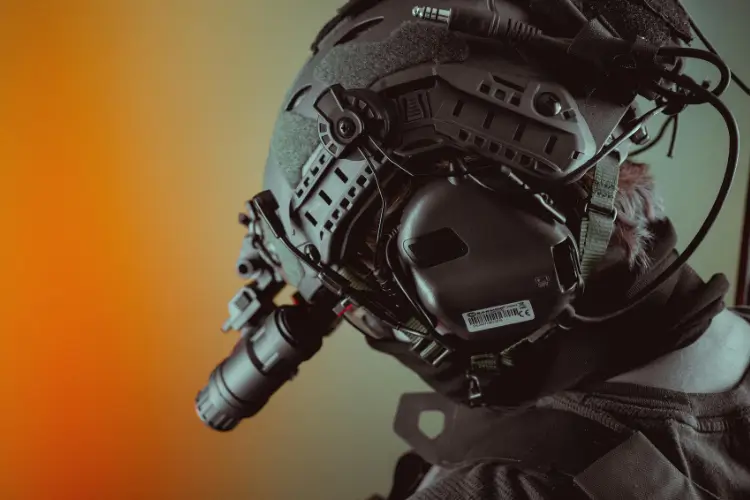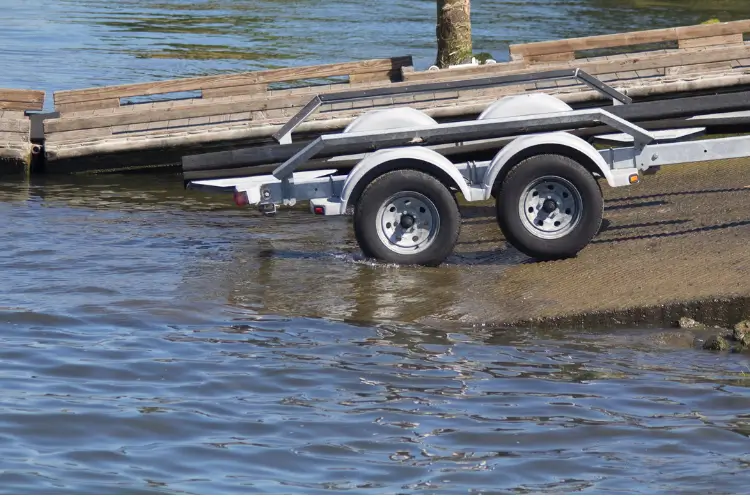Tactical gear is essential for anyone who works in high-energy environments, from military personnel and police officers to outdoor enthusiasts and security professionals. Customized gear ensures efficiency, comfort, and adaptability in dynamic environments. Optimized configuration can improve mobility, usability, and overall performance. A poorly designed loadout can slow movement, introduce excess weight, or hinder immediate access to the intended gear. With an emphasis on correct adjustments and recognizing one’s needs, it becomes simpler to formulate an arrangement to make operations more efficient. Quality customization allows even flow and immediate action, and this may just be the factor that ensures survival in critical cases.
Balance Weight Distribution for Movement
Weighting should be maintained by adjusting tactical equipment. Without balance, it leads to stress in the body, hampers movement, and causes distress over time. The most critical aspect is to place the heaviest loads in the center of gravity of the body, typically around the waist and torso. Keeping essential tools within reach minimizes excess movement and maximizes efficiency. Straps and pouches should be positioned such that they don’t hinder free movement but can be reached easily without bulk. Proper distribution of the load prevents fatigue, allowing better endurance and agility in stressful conditions. A properly loaded-out setup reduces strain and improves operational efficiency.
Add Modular Attachments for Flexibility
Modularity is a game-changer when it comes to tactical gear setup. Most modern setups feature MOLLE (Modular Lightweight Load-carrying Equipment) systems that allow for easy attachment and detachment of pouches, holsters, and utility compartments. This flexibility offers the potential to change setups based on mission requirements. Whether it’s extra medical equipment, rounds of ammunition, or communications equipment, modular gear means that everything has a particular and readily available location. Having the ability to swap attachments based on immediate needs improves efficiency, reduces clutter, and keeps the setup streamlined. Modularity with tailored components provides adaptability and responsiveness in dynamic changing environments.
Provide Rapid Access to Mission-Essential Equipment
Every second counts with changing conditions and quick access to essential tools is essential. Tools need to be arranged so that they can be accessed by instinct without having to search for them. Tools like knives, radios, and first aid kits need to be positioned where they can be grabbed in seconds. Attaching gear with retention straps that allow for quick release ensures nothing shifts around during transport. Placement should also take into account the dominant hand to ensure smooth, effective usage. Well-planned setup maximizes response time and enhances situational awareness and overall operational performance under stress.
Select Durable Materials for Harsh Environments
Tactical environments expose equipment to severe conditions that require materials to endure rough handling, water, and thermal shock. Heavy-duty nylon, heavy-duty stitching, and water-resistant coatings are key ingredients of tactical equipment durability. Straps and buckles must be of quality to avoid malfunction at the worst possible time. Zippers and fasteners must be strong and operational under load. Spending on durable materials promotes durability and trustworthiness, avoiding malfunctioning that may risk mission success. High-quality constructed gear not only endures for a longer duration but also guarantees stable performance when it is least expected, ensuring a lower likelihood of equipment malfunction when it’s most needed.
Balance Storage Without Sacrificing Agility
It isn’t easy to balance the right amount of gear with not too much weight. Too little storage means leaving the critical gear behind, but too much can hinder mobility. An ammunition bag is a necessary item of gear, and it needs to be lightweight but spacious enough to carry critical items. It needs to be easily accessible while still having weight distribution. Additional compartments are utilized for storing medical kits, water packs, and navigation tools without taking up space. The minimalist organization provides each component with a definite purpose and place without undue weight and maintains working flexibility.
Conclusion
Alteration of tactical equipment for dynamic scenarios is done with careful consideration for incorporating comfort, easy access, and durability. Ideal balancing of weight enhances mobility, and modular accessories provide adaptability based on the situation. Quick access to mission-critical equipment enables smooth operations, and durable materials deliver long-term performance in extreme environments. Storage versus mobility balance prevents overloading with the capability to stay ready. Strategic tailoring allows tactical equipment to act as a tool rather than a hindrance, enabling the user to excel in extreme situations.




